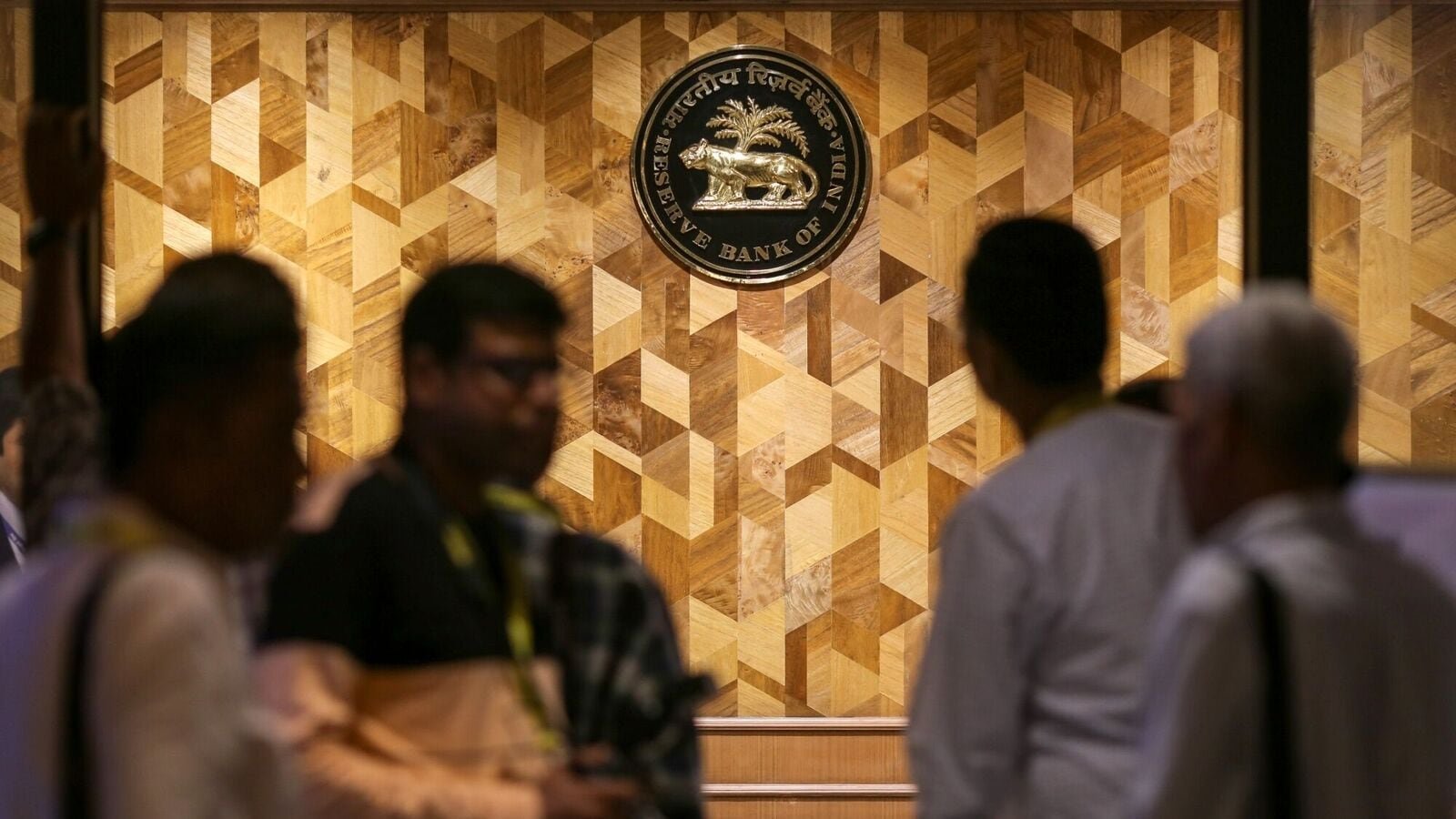The long-awaited policy rate easing by the Reserve Bank of India (RBI) is finally here. With inflation cooling from recent peaks, GDP growth dipping marginally, and global central banks shifting to accommodative policies, expectations were high ahead of the latest monetary policy review.
The announcement did not disappoint—RBI has cut the repo rate from 6.5% to 6.25%.
Macro focus
This marks the first rate action by the RBI’s Monetary Policy Committee (MPC) in two years, following a hike in February 2023. Since then, inflation has largely remained under control, barring occasional spikes driven by food prices. With nearly half of the Consumer Price Index (CPI) basket comprising food-related items, inflation in India often stems from climate-induced supply disruptions—beyond the control of monetary policy.
RBI’s projections for CPI inflation stand at 4.8% for FY25 and 4.2% for FY26, edging closer to its 4% target. Meanwhile, GDP growth, at 5.4% in the July–September 2024 quarter, is estimated at 6.5% for the full fiscal year—below India’s potential growth rate, warranting monetary support.
The Indian rupee has weakened against the US dollar, though less than many global currencies. With fiscal consolidation progressing—the fiscal deficit for FY25 revised downward to 4.8% of GDP from the interim budget’s 5.1% estimate, and further reduced to 4.4% for FY26—there is little justification for maintaining elevated interest rates to defend the currency.
Read this | Mint Primer: Is the rupee on course for a bottomless fall?
Another crucial factor in the policy rate cut is banking system liquidity. The RBI’s forex market interventions to stabilize the rupee had tightened liquidity. However, recent measures have eased the liquidity crunch, improving conditions for effective transmission of rate cuts through the banking system.
Key policy measures
The repo rate—the rate at which the RBI lends to banks overnight—has been reduced from 6.5% to 6.25%. Additionally, the RBI has announced structural reforms aimed at deepening financial markets.
Brokers registered with the Securities and Exchange Board of India (Sebi) will soon gain access to the Negotiated Dealing System – Order Matching (NDS-OM), an electronic platform for secondary market transactions in government securities. This will expand public participation in the G-Sec market.
The RBI is also introducing forward contracts in government securities, enabling long-term investors like insurance funds to better manage interest rate risk.
What it means for borrowers and markets
Floating rate loans linked to the RBI’s repo rate or Treasury Bill yields will become cheaper, reducing EMIs for borrowers.
Read this | Mint Explainer | RBI’s rate cut and how it will benefit retail borrowers
However, financial markets have reacted cautiously—equity indices and 10-year G-Sec yields remained largely unchanged, as the 0.25% rate cut was already priced in.
On the broader economy, the move is positive. The combination of fiscal measures in the Union Budget—designed to boost disposable income—and monetary easing is expected to support consumption and mitigate urban demand slowdown risks.
Also read | On interest rates, RBI should ‘cross the river by feeling the stones’
The next RBI MPC review meeting is scheduled for 7-9 April. While the rate-cutting cycle has begun, the extent of further easing will depend on inflation trends. The RBI is likely to limit further cuts to another 0.25–0.50% to maintain a positive real interest rate for savers and depositors.
Joydeep Sen is a corporate trainer (financial markets) and author.


